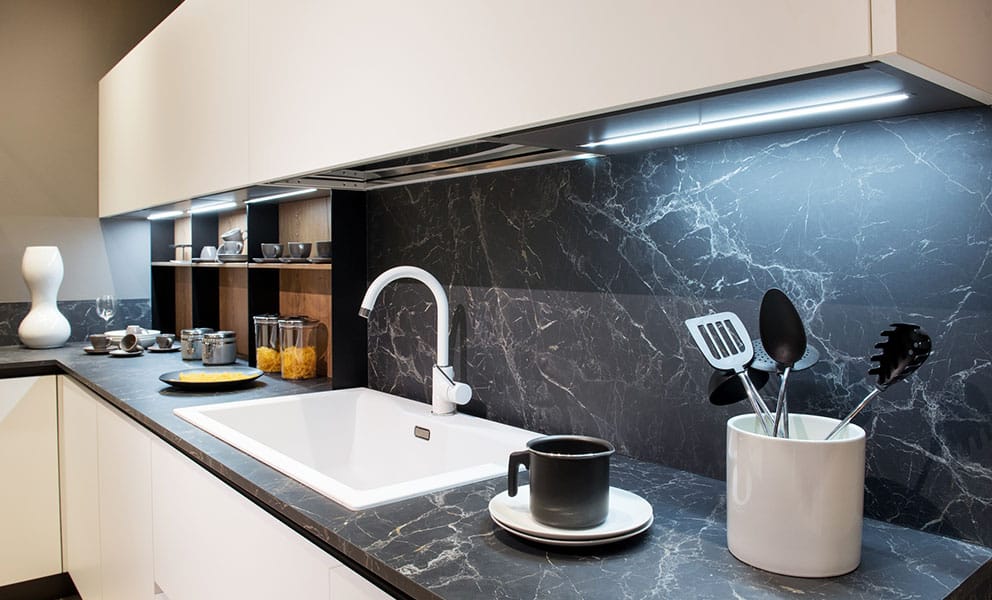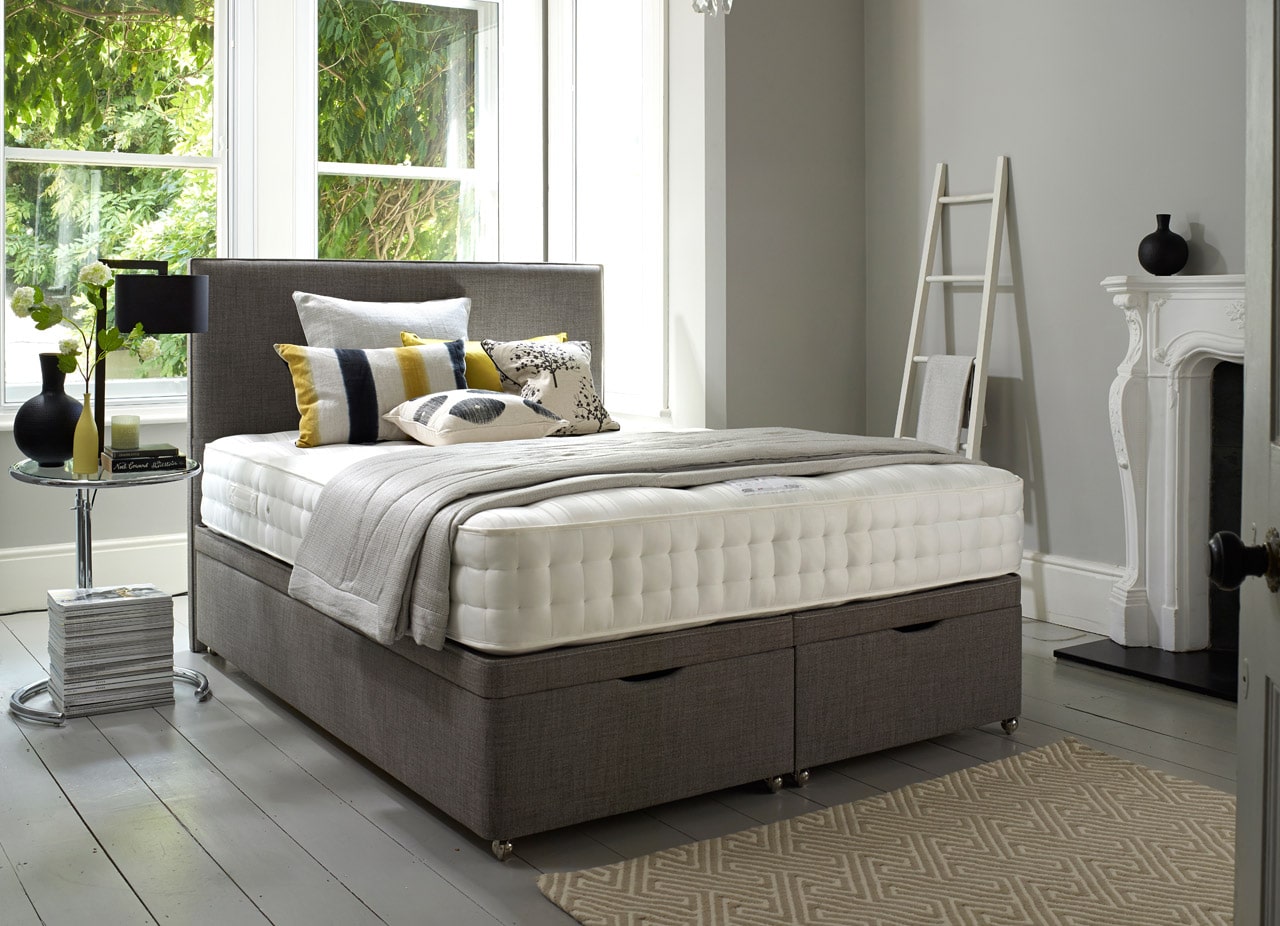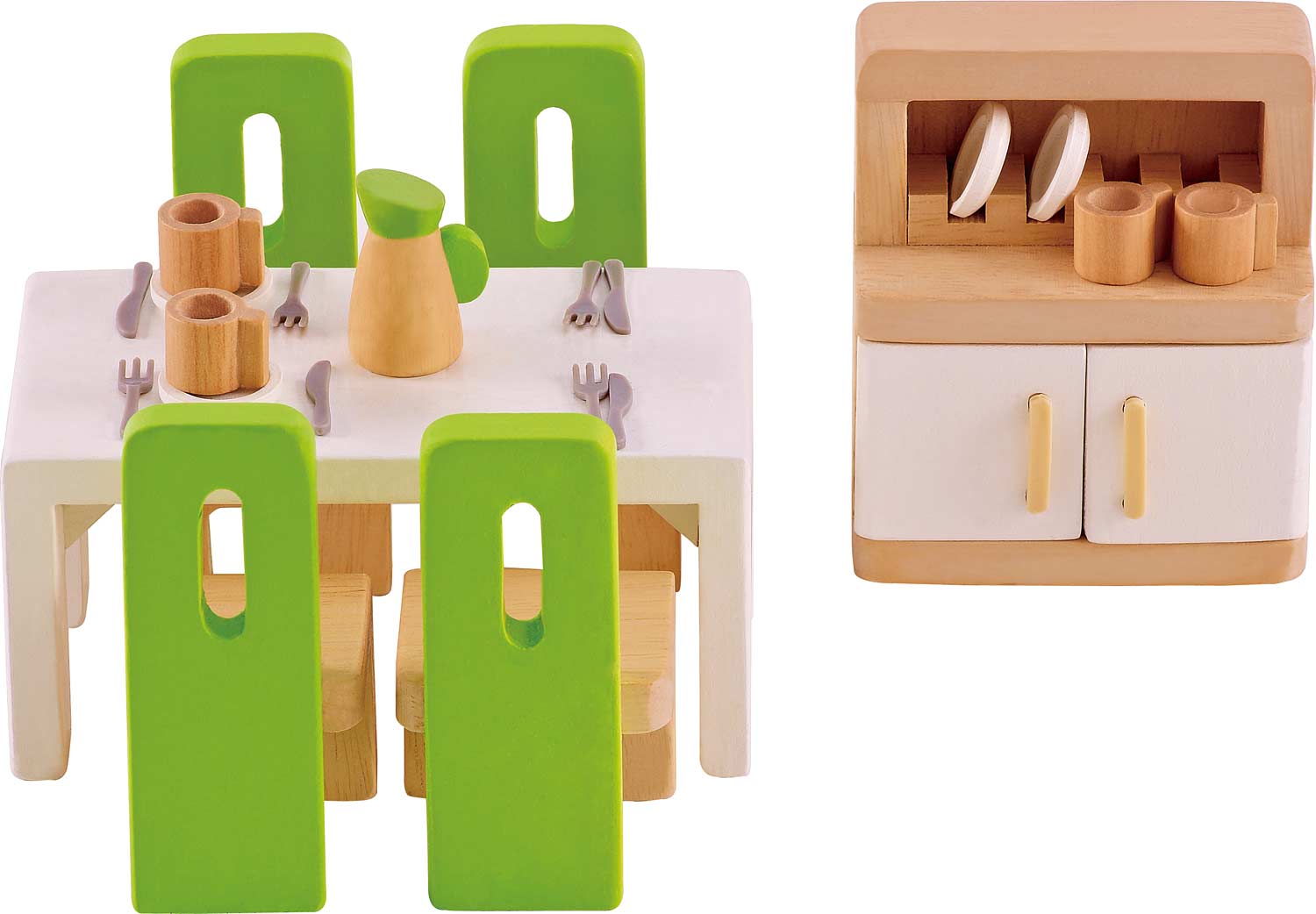Fitting kitchen units to a stud wall may seem like a daunting task, but with the right tools and knowledge, it can be a straightforward process. In this article, we will guide you through the steps to successfully fit kitchen units to a stud wall, providing you with tips and tricks along the way. Let's get started!How to Fit Kitchen Units to a Stud Wall
Installing kitchen cabinets on a stud wall requires careful planning and precision to ensure a secure and sturdy fit. The key to a successful installation is finding the studs in the wall and using the correct tools and materials. In the following sections, we will cover the step-by-step process of fitting kitchen units to a stud wall, including how to find and mark studs, secure the units, and make adjustments for a perfect fit.How to Install Kitchen Cabinets on a Stud Wall
Step 1: Measure and Plan - Before beginning the installation, carefully measure the dimensions of your kitchen units and mark them on the wall. This will help you determine their placement and ensure that they are evenly spaced. Step 2: Find and Mark Studs - Use a stud finder to locate the studs in the wall. Mark them with a pencil so you know where to secure the units. Step 3: Pre-Drill Holes - Using a drill and appropriate drill bit, pre-drill holes in the back of the units where they will be attached to the wall. This will prevent the wood from splitting when you secure the screws. Step 4: Secure Units - With the help of a friend, lift the units onto the wall and use a level to ensure they are straight. Then, using a screwdriver, secure the units to the wall by screwing through the pre-drilled holes into the studs. Step 5: Make Adjustments - If the units do not fit perfectly against the wall, use shims to make adjustments and ensure a snug fit. Step 6: Repeat for Each Unit - Repeat the above steps for each unit, making sure they are all level and secure.Step-by-Step Guide for Fitting Kitchen Units to a Stud Wall
Use the Right Tools - It is important to use the correct tools for the job to ensure a professional and secure installation. This includes a stud finder, drill, screwdriver, and level. Get Help - Fitting kitchen units to a stud wall can be a two-person job, so enlist the help of a friend or family member to make the process easier. Pre-Drill Holes - As mentioned before, pre-drilling holes in the back of the units will prevent the wood from splitting and make the installation process smoother. Double Check Measurements - Before securing the units to the wall, double check your measurements to ensure they are correct and the units are evenly spaced.Tips for Successfully Fitting Kitchen Units to a Stud Wall
Stud finder - This tool is essential for locating the studs in the wall. Drill and drill bit - You will need a drill to pre-drill holes in the units and the wall for securing the units. Screwdriver - A screwdriver will be used to secure the units to the wall. Level - This tool will ensure that your units are straight and level. Shims - Shims may be necessary for making adjustments to ensure a perfect fit.Tools and Materials Needed for Fitting Kitchen Units to a Stud Wall
Not Using a Stud Finder - It is important to use a stud finder to locate the studs in the wall, as securing the units to just the drywall will not provide a secure fit. Not Pre-Drilling Holes - Skipping this step can result in split wood and an unstable installation. Not Checking Measurements - Double check your measurements to avoid unevenly spaced units or units that do not fit correctly.Common Mistakes to Avoid When Fitting Kitchen Units to a Stud Wall
Use a Stud Finder - This tool can be purchased at any hardware store and will make it easy to locate the studs in the wall. Look for Nail Heads - If you do not have a stud finder, you can still locate studs by looking for nail heads in the wall. These are typically spaced every 16 inches. Tap the Wall - You can also tap the wall and listen for a solid sound, indicating a stud behind the drywall.How to Find and Mark Studs in a Wall for Fitting Kitchen Units
To secure kitchen units to a stud wall, use a screwdriver to screw through the pre-drilled holes in the back of the units into the studs in the wall. It is important to use long enough screws to ensure a strong hold.How to Secure Kitchen Units to a Stud Wall
If the units do not fit perfectly against the wall, use shims to make adjustments. Place the shims between the wall and the unit until it fits snugly against the wall.How to Adjust Kitchen Units on a Stud Wall for a Perfect Fit
Once all the units are securely attached to the wall, you can add the finishing touches to complete the installation. This may include attaching doors and handles, and making any necessary adjustments for a polished look. Now that you have successfully fitted your kitchen units to a stud wall, you can enjoy your newly installed cabinets and countertops. Remember to use the correct tools and follow these tips for a professional and secure installation. Happy renovating!Finishing Touches for Fitting Kitchen Units to a Stud Wall
Fitting Kitchen Units to Stud Wall
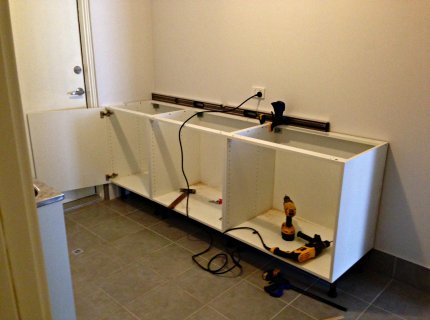
Why Fitting Kitchen Units to Stud Wall is Important for Your House Design
 When it comes to designing your kitchen, it is important to consider every aspect - from the layout and color scheme to the materials used and the overall functionality of the space. One aspect that often gets overlooked is the method of fitting kitchen units to stud walls. This may seem like a minor detail, but it can actually have a significant impact on the overall design and functionality of your kitchen. In this article, we will discuss why fitting kitchen units to stud walls is important and how it can enhance your house design.
When it comes to designing your kitchen, it is important to consider every aspect - from the layout and color scheme to the materials used and the overall functionality of the space. One aspect that often gets overlooked is the method of fitting kitchen units to stud walls. This may seem like a minor detail, but it can actually have a significant impact on the overall design and functionality of your kitchen. In this article, we will discuss why fitting kitchen units to stud walls is important and how it can enhance your house design.
What are Stud Walls?
 Stud walls are a common type of interior wall made up of a frame filled with insulation and covered with plasterboard. They are used to create partitions and divide rooms in a house. These walls are not as strong as load-bearing walls, which means they cannot support heavy objects or structures. However, they are still strong enough to support kitchen units and provide a sturdy foundation for your kitchen design.
Stud walls are a common type of interior wall made up of a frame filled with insulation and covered with plasterboard. They are used to create partitions and divide rooms in a house. These walls are not as strong as load-bearing walls, which means they cannot support heavy objects or structures. However, they are still strong enough to support kitchen units and provide a sturdy foundation for your kitchen design.
The Benefits of Fitting Kitchen Units to Stud Walls
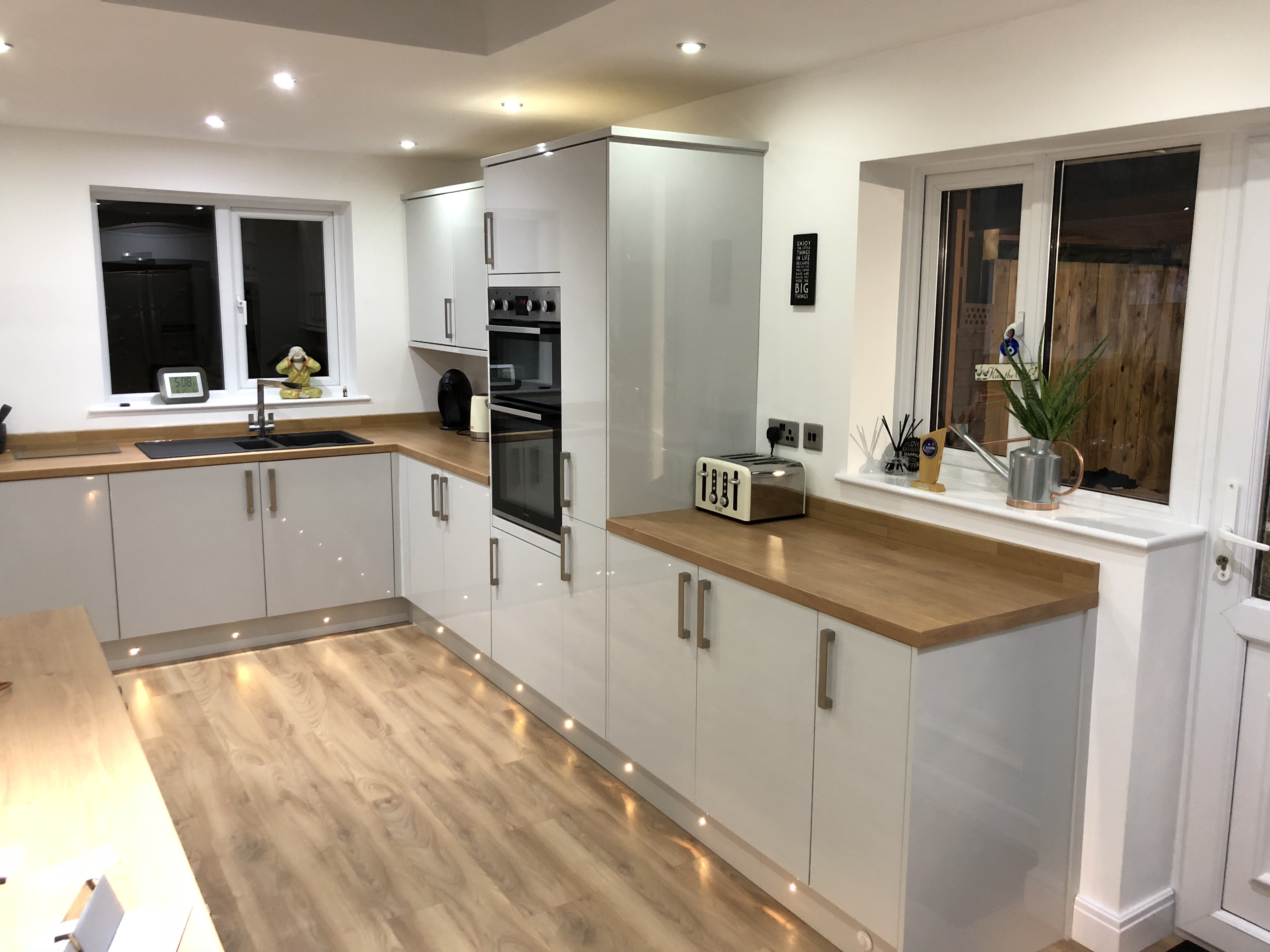 One of the main benefits of fitting kitchen units to stud walls is the flexibility it provides. Stud walls are not permanent structures, which means you can easily change the layout of your kitchen in the future without having to worry about damaging load-bearing walls. This can be especially beneficial if you like to frequently change the design of your kitchen or if you plan on selling your house in the future.
Additionally, fitting kitchen units to stud walls allows for a more seamless and integrated design. As the units are attached to the walls, they become a part of the structure of the room rather than just separate pieces of furniture. This creates a more cohesive and polished look for your kitchen.
One of the main benefits of fitting kitchen units to stud walls is the flexibility it provides. Stud walls are not permanent structures, which means you can easily change the layout of your kitchen in the future without having to worry about damaging load-bearing walls. This can be especially beneficial if you like to frequently change the design of your kitchen or if you plan on selling your house in the future.
Additionally, fitting kitchen units to stud walls allows for a more seamless and integrated design. As the units are attached to the walls, they become a part of the structure of the room rather than just separate pieces of furniture. This creates a more cohesive and polished look for your kitchen.
How to Fit Kitchen Units to Stud Walls
 Fitting kitchen units to stud walls may seem like a daunting task, but it can actually be quite simple. The first step is to ensure that your stud walls are strong enough to support the weight of the units. If necessary, you can reinforce the walls with additional studs or brackets.
Next, you will need to measure and mark the placement of your units on the wall. It is important to use a spirit level to ensure that the units are straight and level. Once the units are in place, you can secure them to the wall using screws or brackets.
Fitting kitchen units to stud walls may seem like a daunting task, but it can actually be quite simple. The first step is to ensure that your stud walls are strong enough to support the weight of the units. If necessary, you can reinforce the walls with additional studs or brackets.
Next, you will need to measure and mark the placement of your units on the wall. It is important to use a spirit level to ensure that the units are straight and level. Once the units are in place, you can secure them to the wall using screws or brackets.
In Conclusion
 Fitting kitchen units to stud walls is an important aspect of house design that should not be overlooked. It provides flexibility, creates a seamless design, and can be easily accomplished with the right tools and techniques. So next time you are designing your kitchen, be sure to consider the method of fitting your units to stud walls for a functional and aesthetically pleasing space.
Fitting kitchen units to stud walls is an important aspect of house design that should not be overlooked. It provides flexibility, creates a seamless design, and can be easily accomplished with the right tools and techniques. So next time you are designing your kitchen, be sure to consider the method of fitting your units to stud walls for a functional and aesthetically pleasing space.






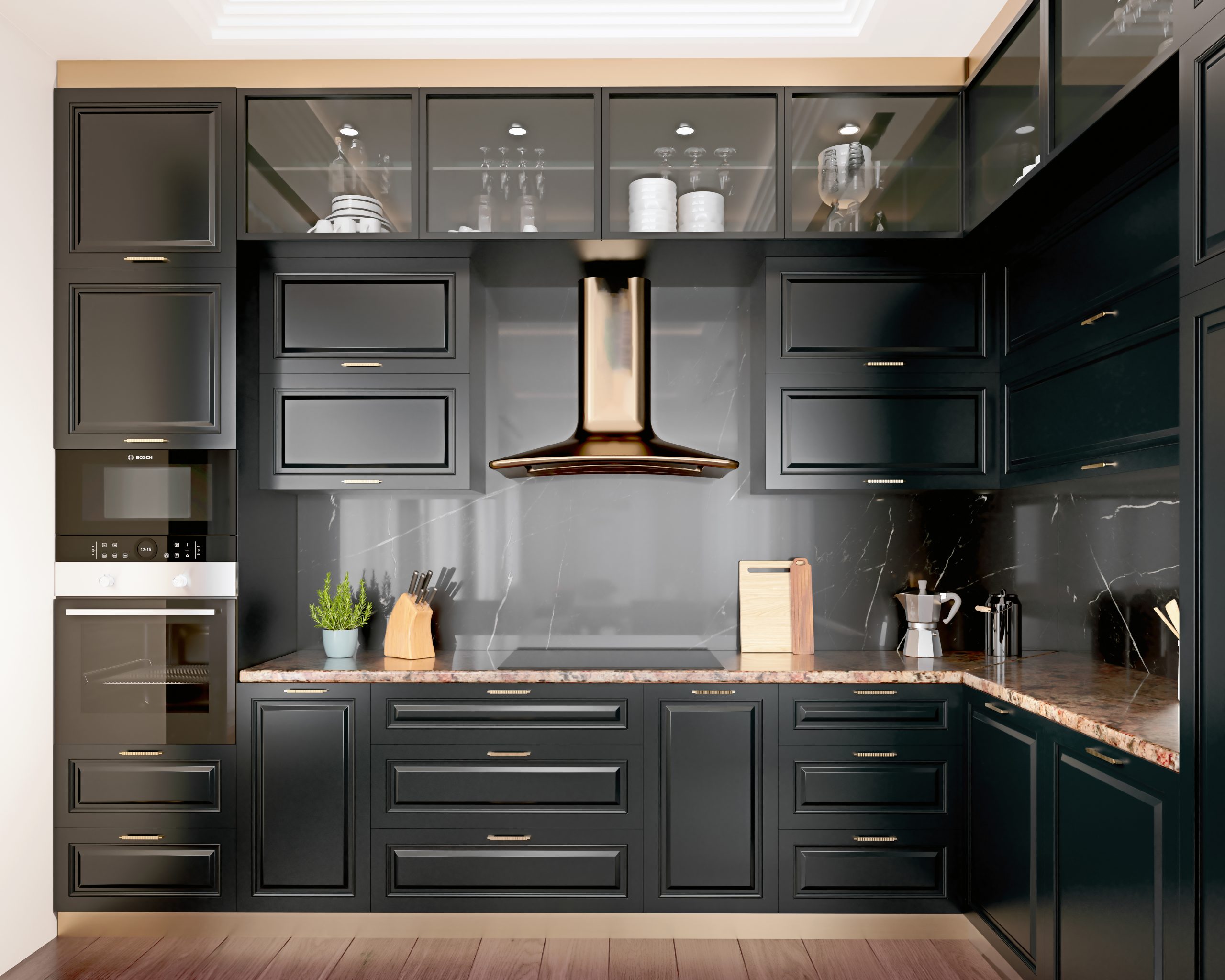
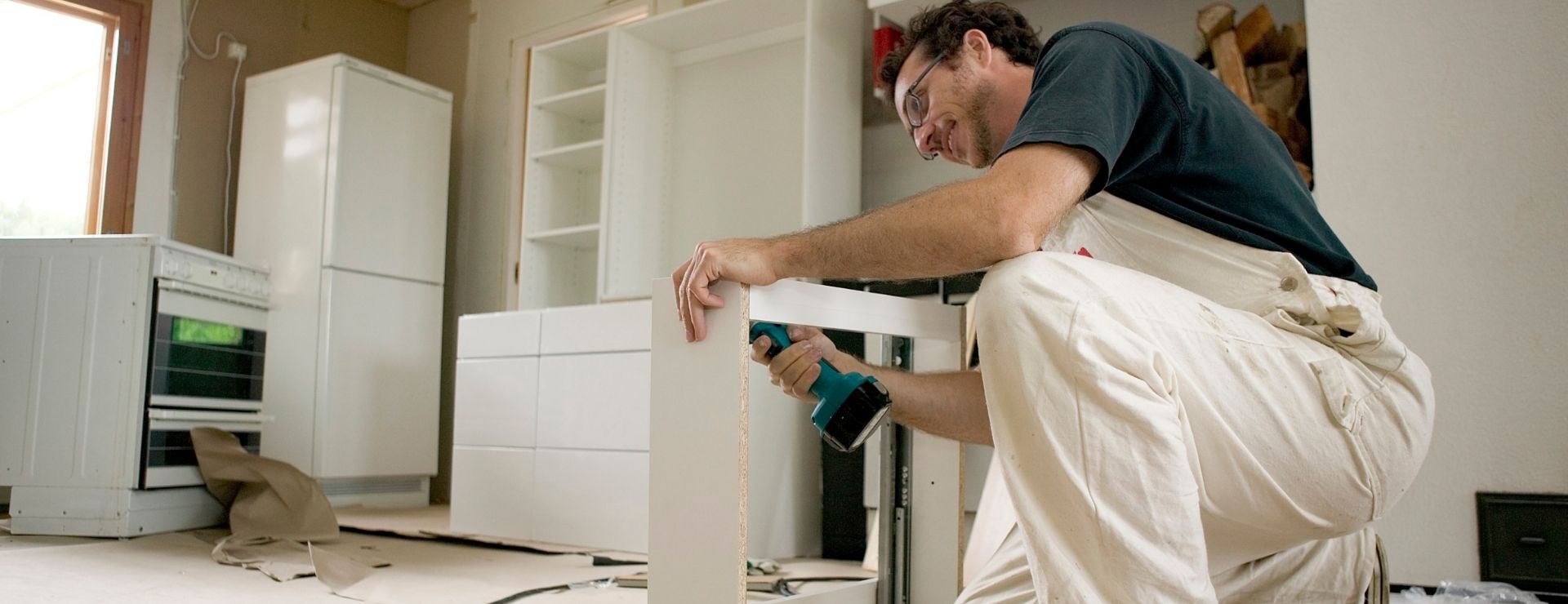




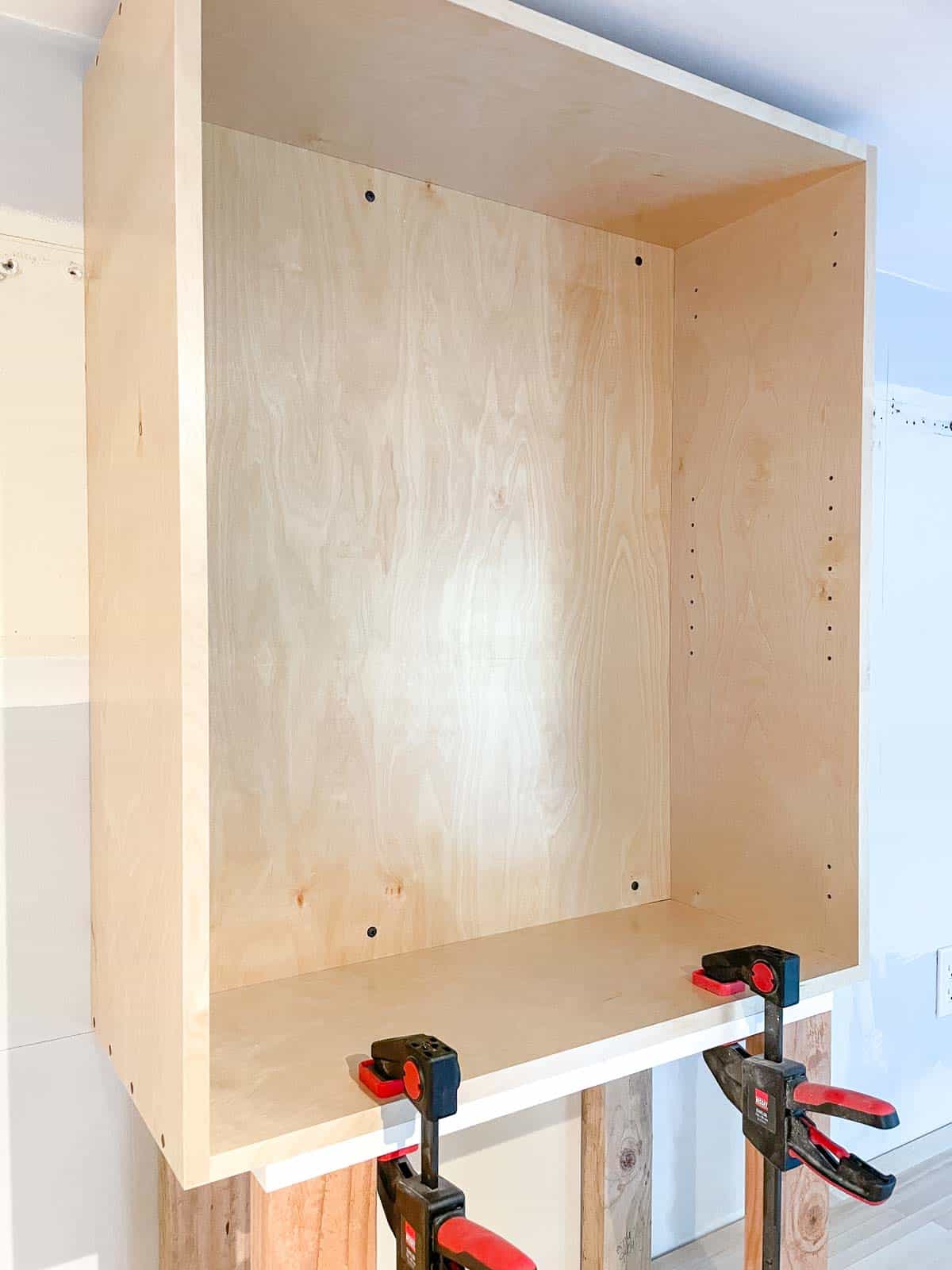



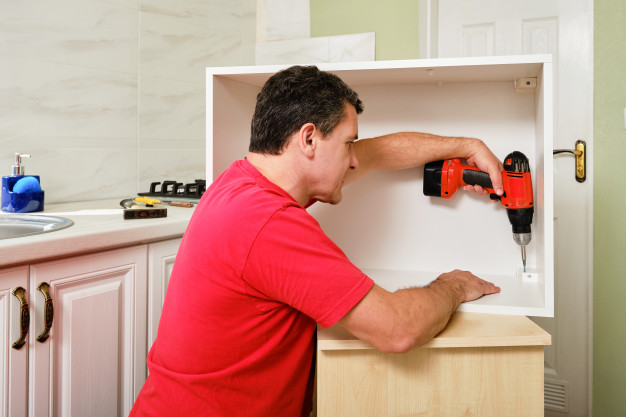








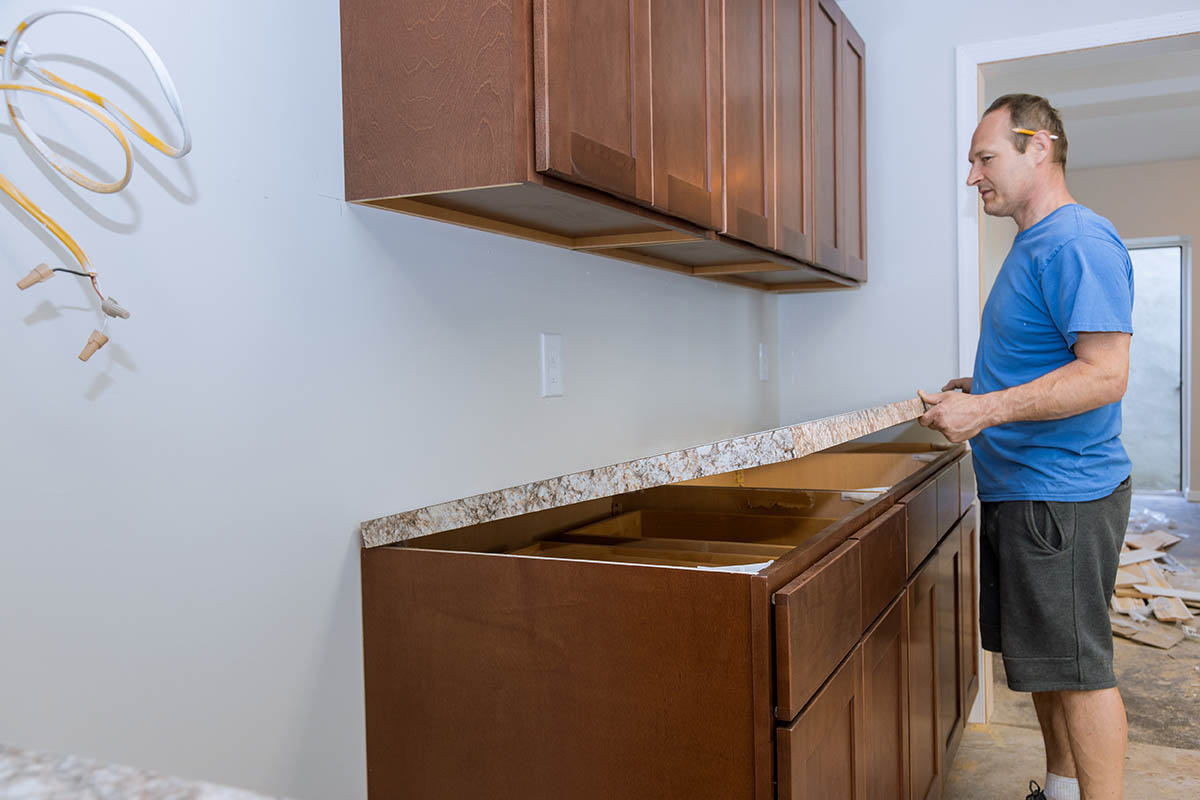

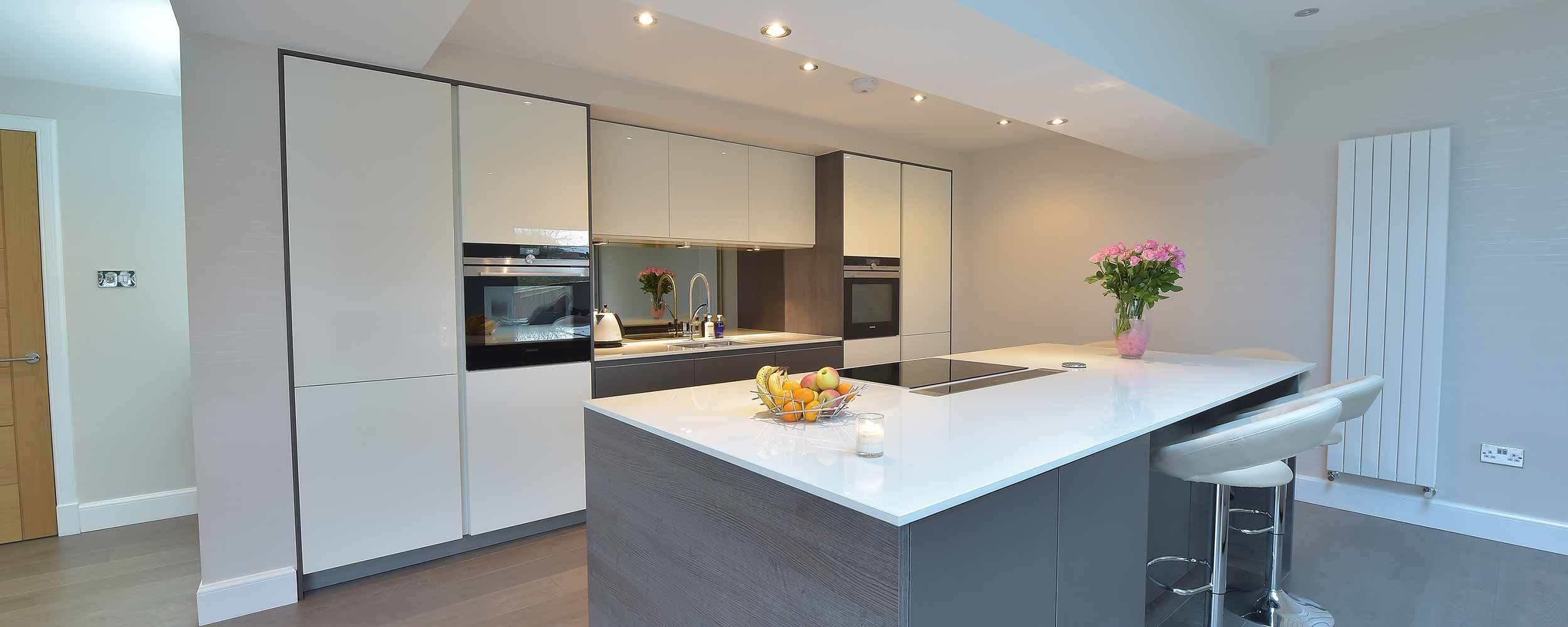










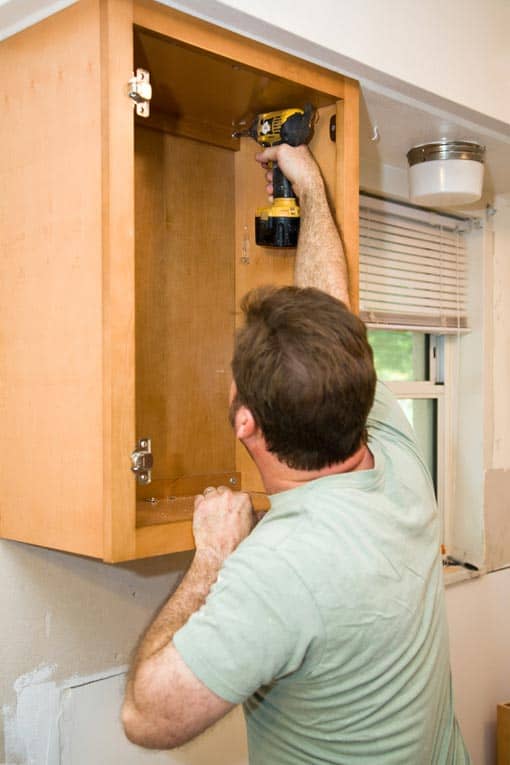



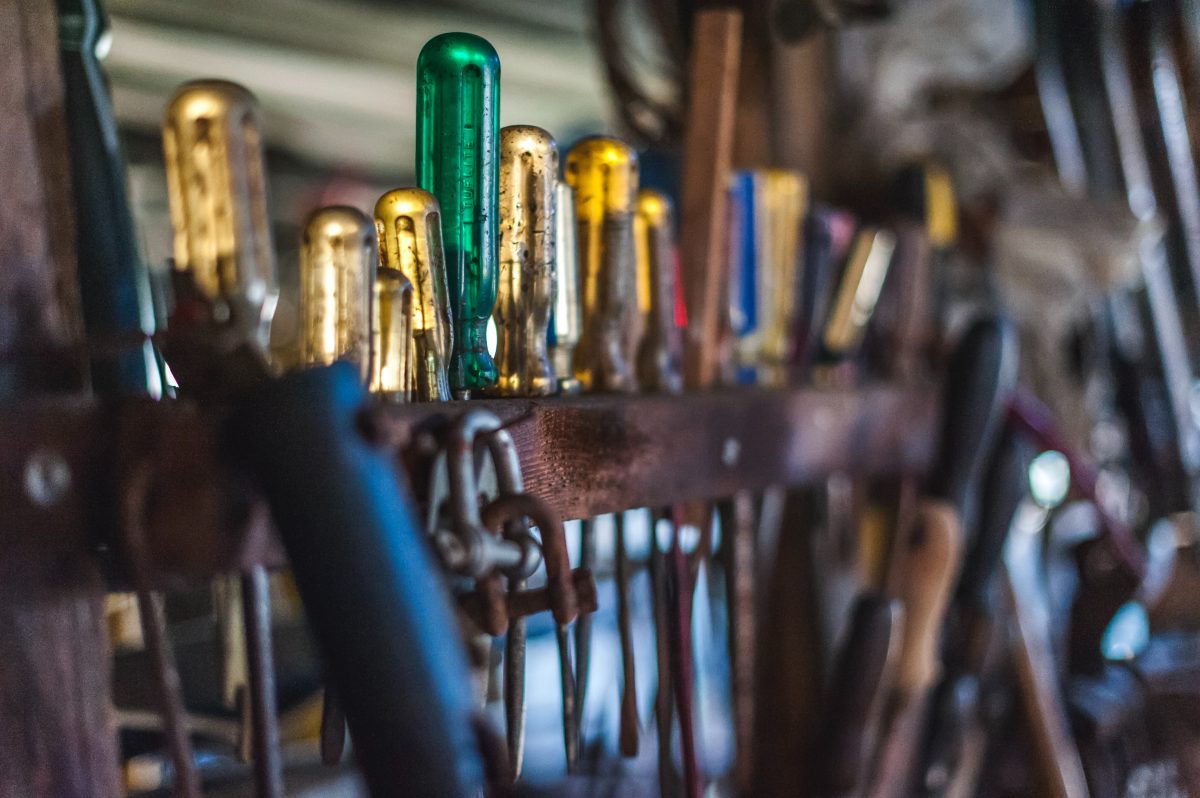







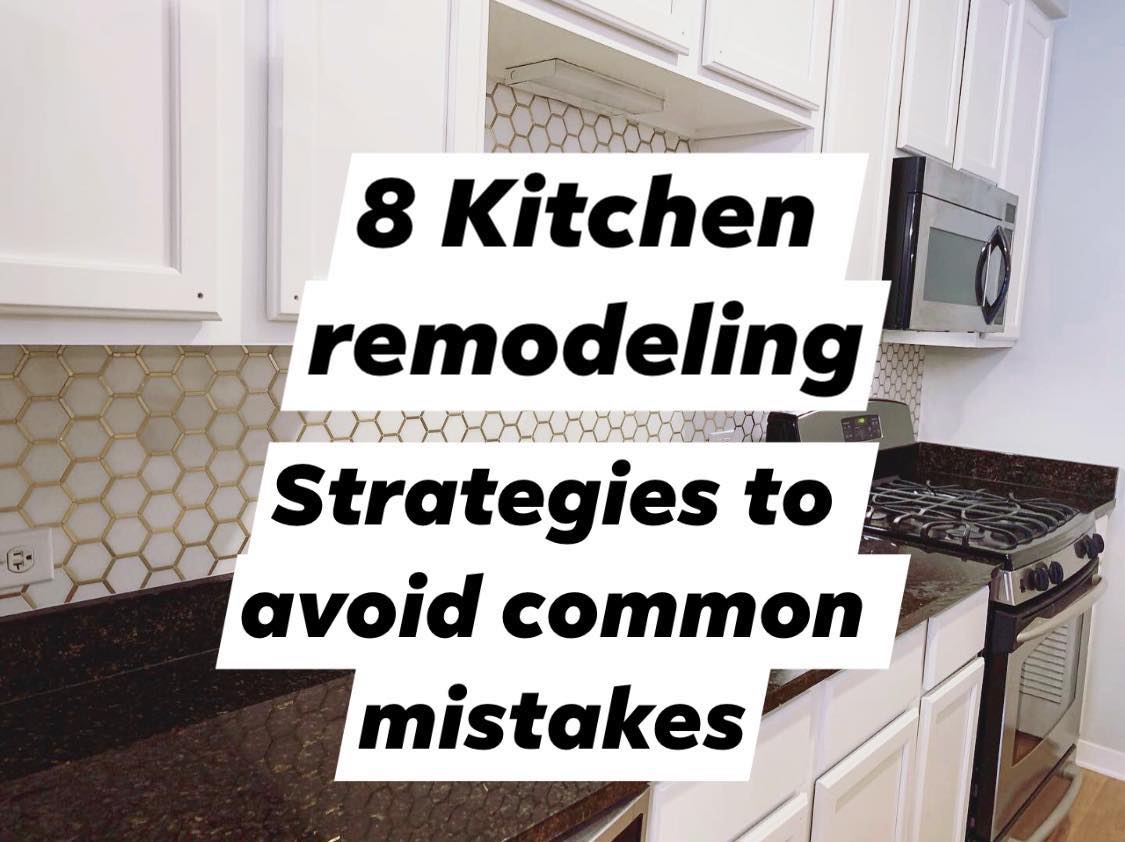
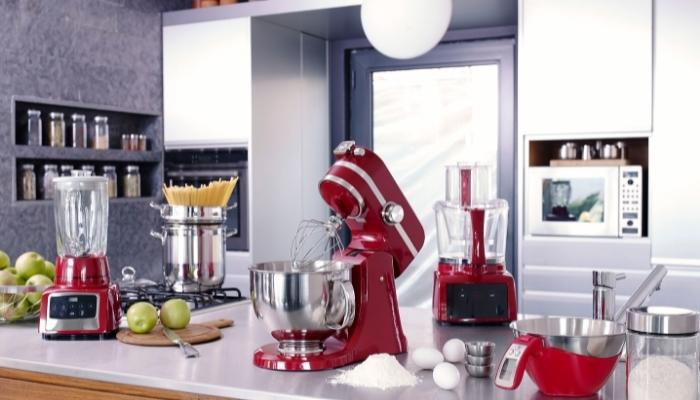
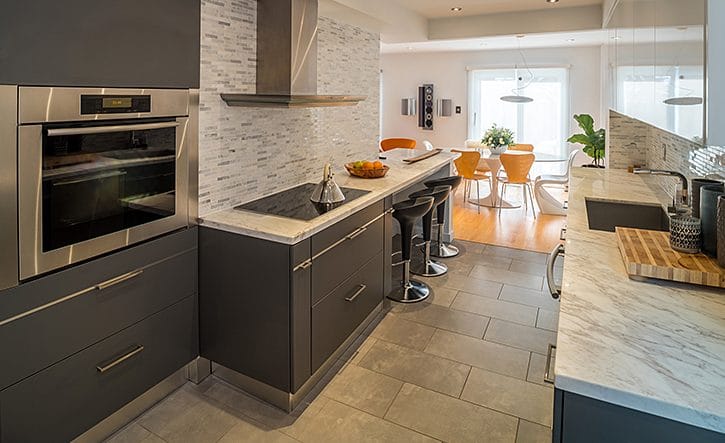
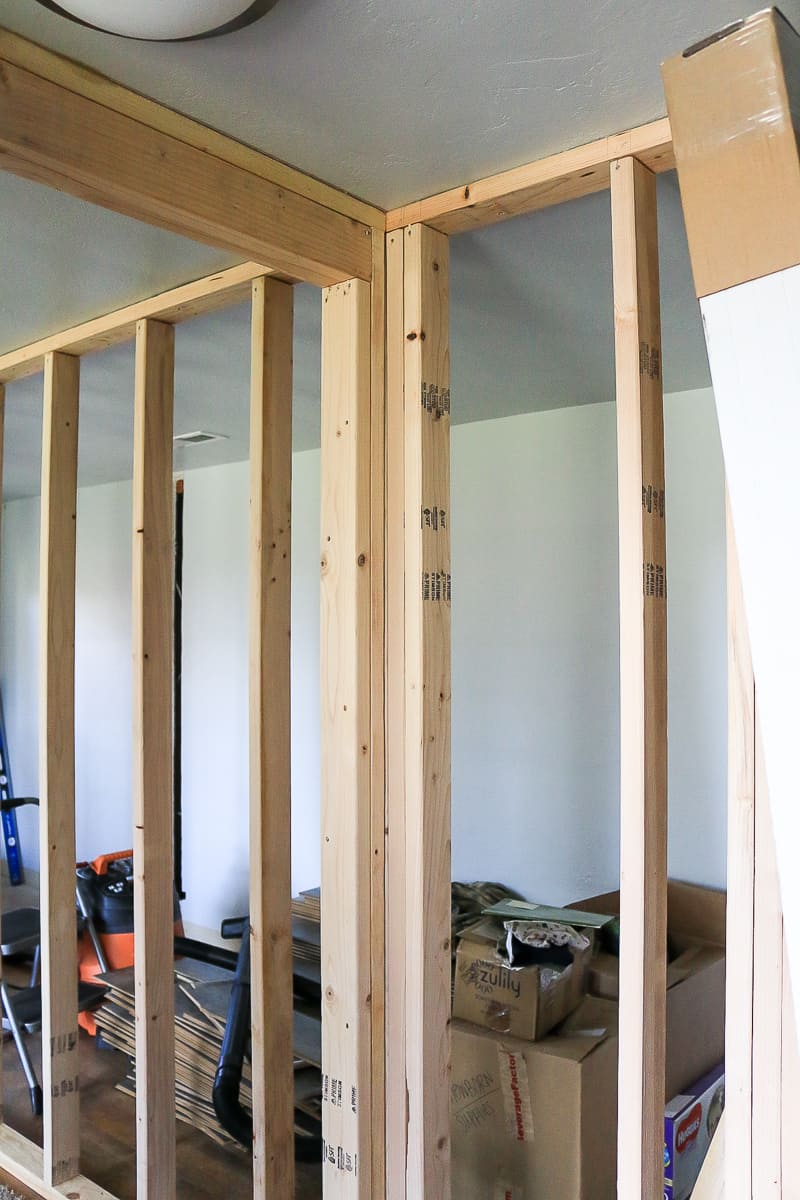





/drywall-framing-guide-1821976-hero-4e68b24388d44969ae6c85e5e1bda1f7.jpg)

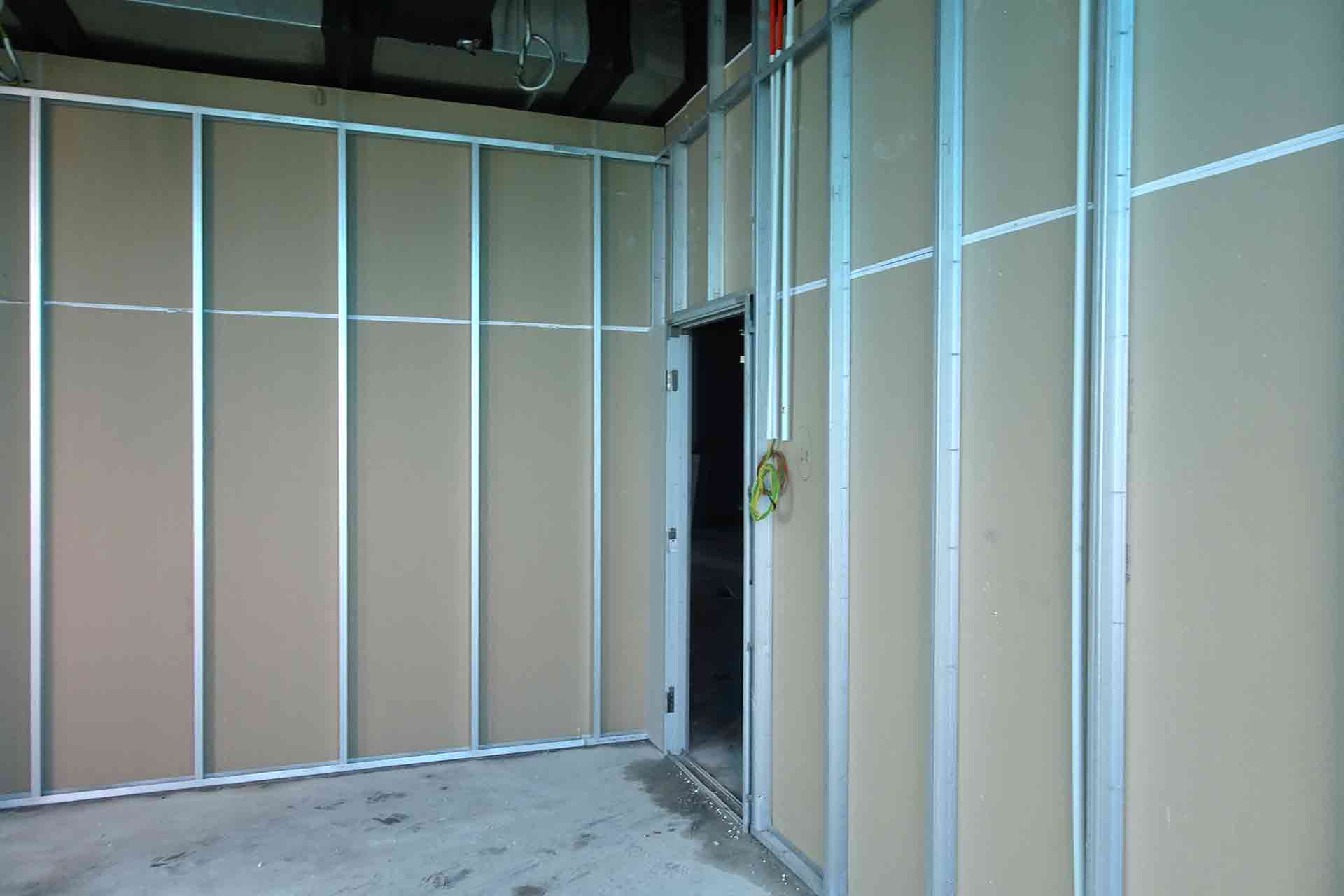





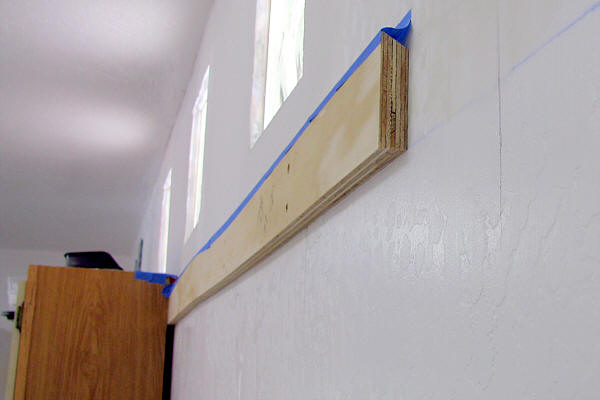

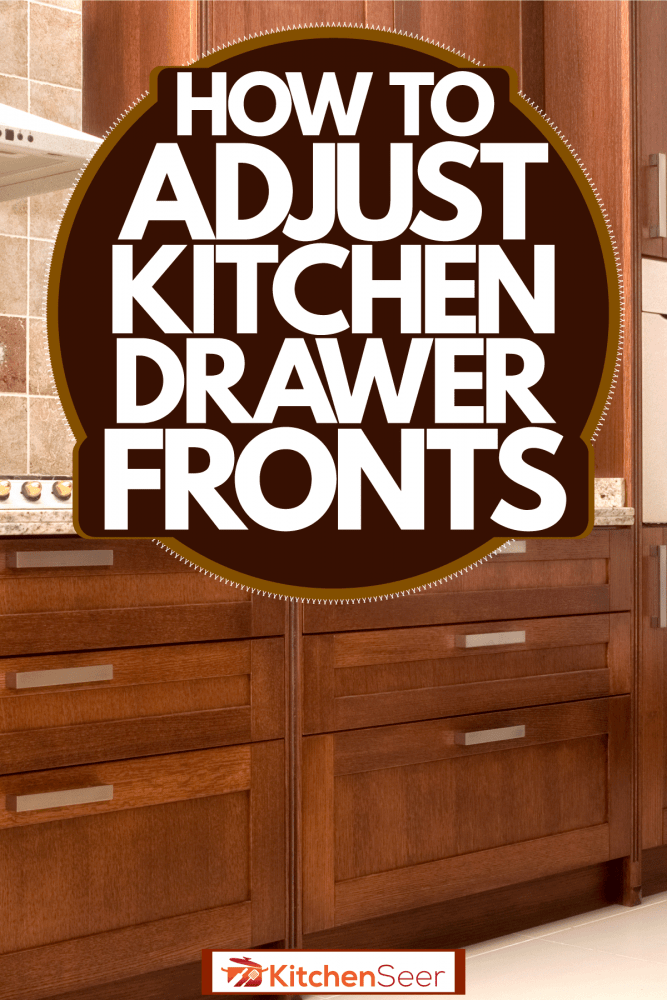

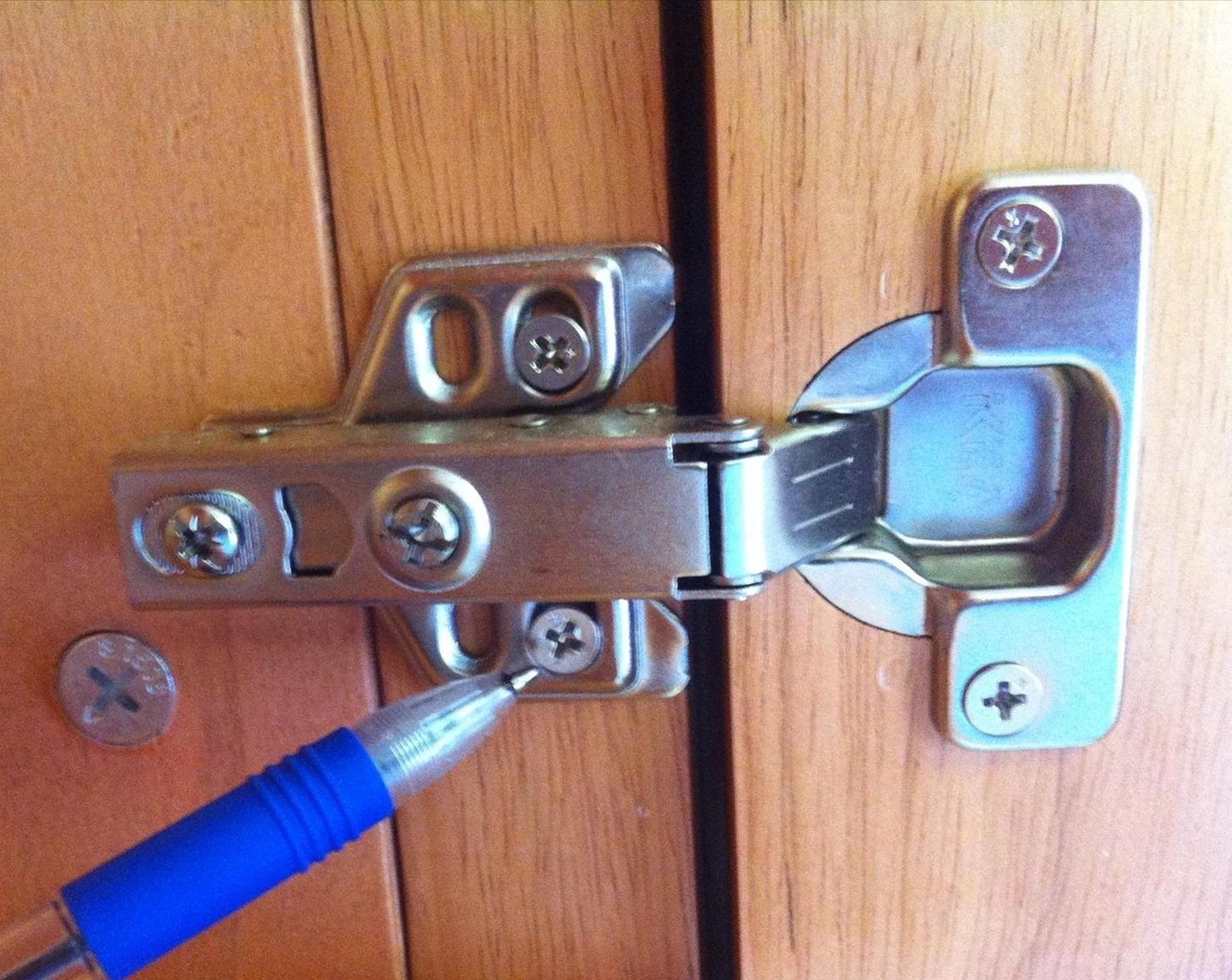
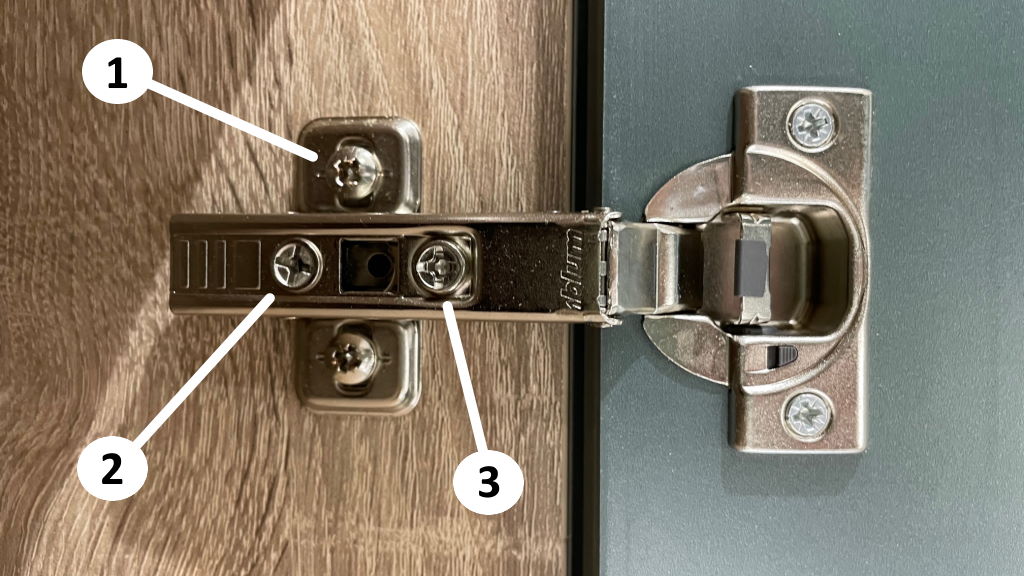

:max_bytes(150000):strip_icc()/how-to-adjust-cabinet-hinges-1822181-01-9518583bf0374f2a8d3b87cadd5fc25f.jpg)












